Egyptian Mythology
-
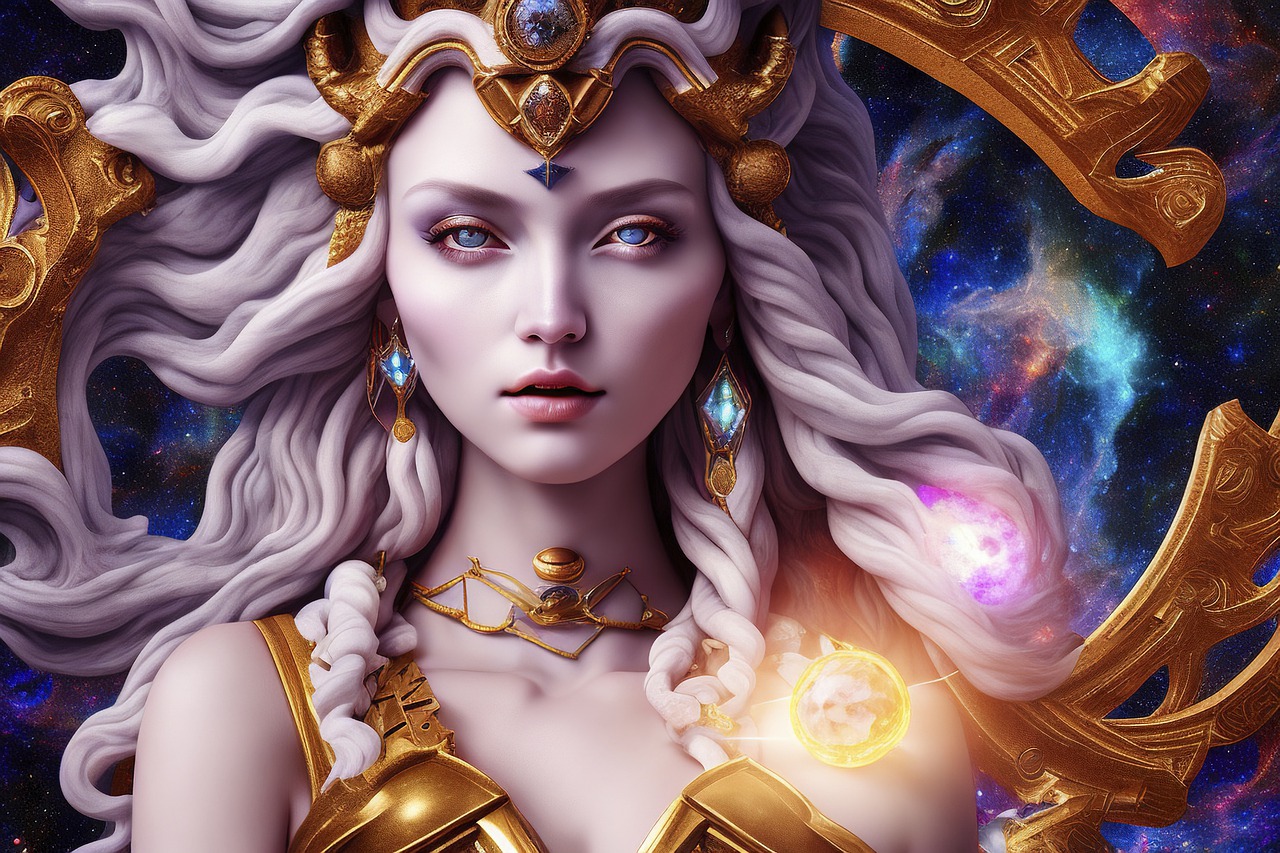
Tefnut, also referred to as Tefenet or Tefnet, was a prominent goddess in ancient Egyptian mythology, embodying the duality of moisture and dryness, alongside connections to both the sun and the moon. Revered as one of the “Eyes of Ra,” she symbolized the lunar aspect of moisture and the solar aspect of dryness, mirroring the…
-

Tiger nuts, commonly referred to as chufa, yellow nutsedge, or earth almonds, are not true nuts but rather edible tubers. They resemble chickpeas in size, featuring a wrinkled shape and a chewy consistency, alongside a sweet, nutty flavor reminiscent of coconut. Historically, tiger nuts were among the earliest cultivated plants in Egypt and have been…
-
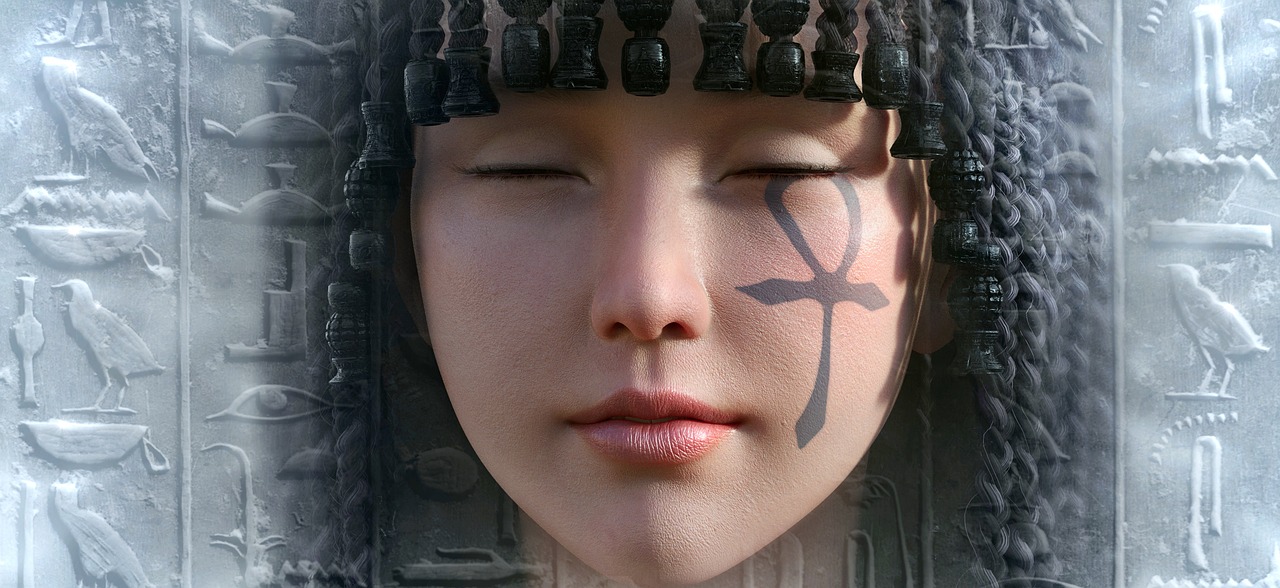
Ancient Egyptian religion encompasses the indigenous beliefs practiced in Egypt, spanning from the predynastic period (around the 4th millennium BCE) to the decline of traditional religious culture in the early centuries CE. For a comprehensive understanding of the historical context and timelines, one can refer to the broader history of Egypt. Nature and Importance of…
-
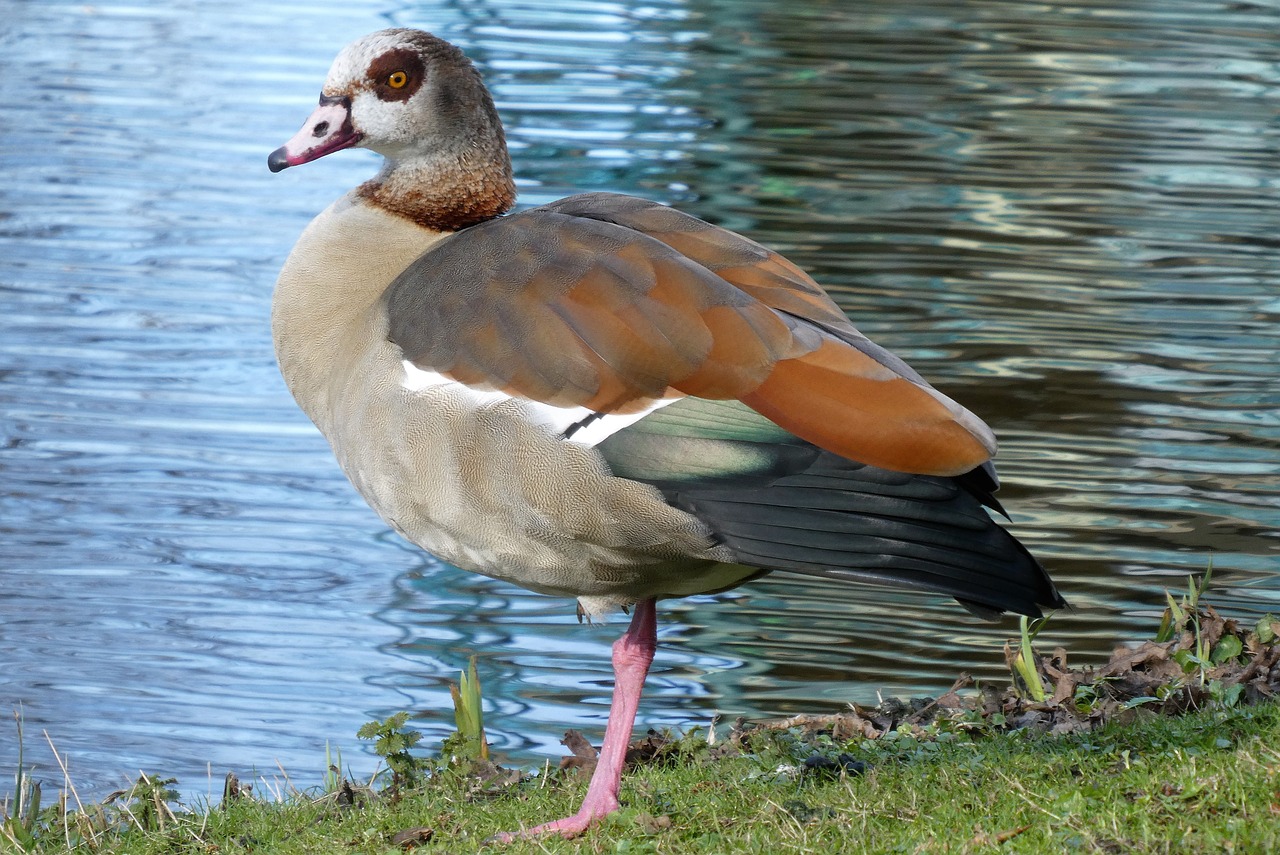
Exploring Ancient Egyptian Religion: An Overview Ancient Egyptian religion encompasses the indigenous beliefs that flourished in Egypt from pre-dynastic times (around the 4th millennium BCE) until the gradual decline of its traditional culture in the early centuries CE. This system of faith and worship is integral to understanding the fabric of Egyptian civilization, particularly throughout…
-

Sobek, a unique deity in ancient Egyptian mythology, is often recognized for his fierce appearance characterized by a crocodile head. This narrative delves into the captivating stories, beliefs, and roles associated with Sobek, enriching our understanding of the profound nature of ancient Egyptian spirituality. Who is Sobek? Sobek, known variously as Sebek, Sochet, or Suchos,…
-

Ancient Egyptian architecture encompasses the monumental constructions largely erected during the dynastic phases of Egypt and Nubia, especially throughout the initial three millennia BCE. This architectural style, similar to representational art, was dedicated to preserving the ideals and forms believed to exemplify the perfection of the universe at the time of creation. It also sought…
-
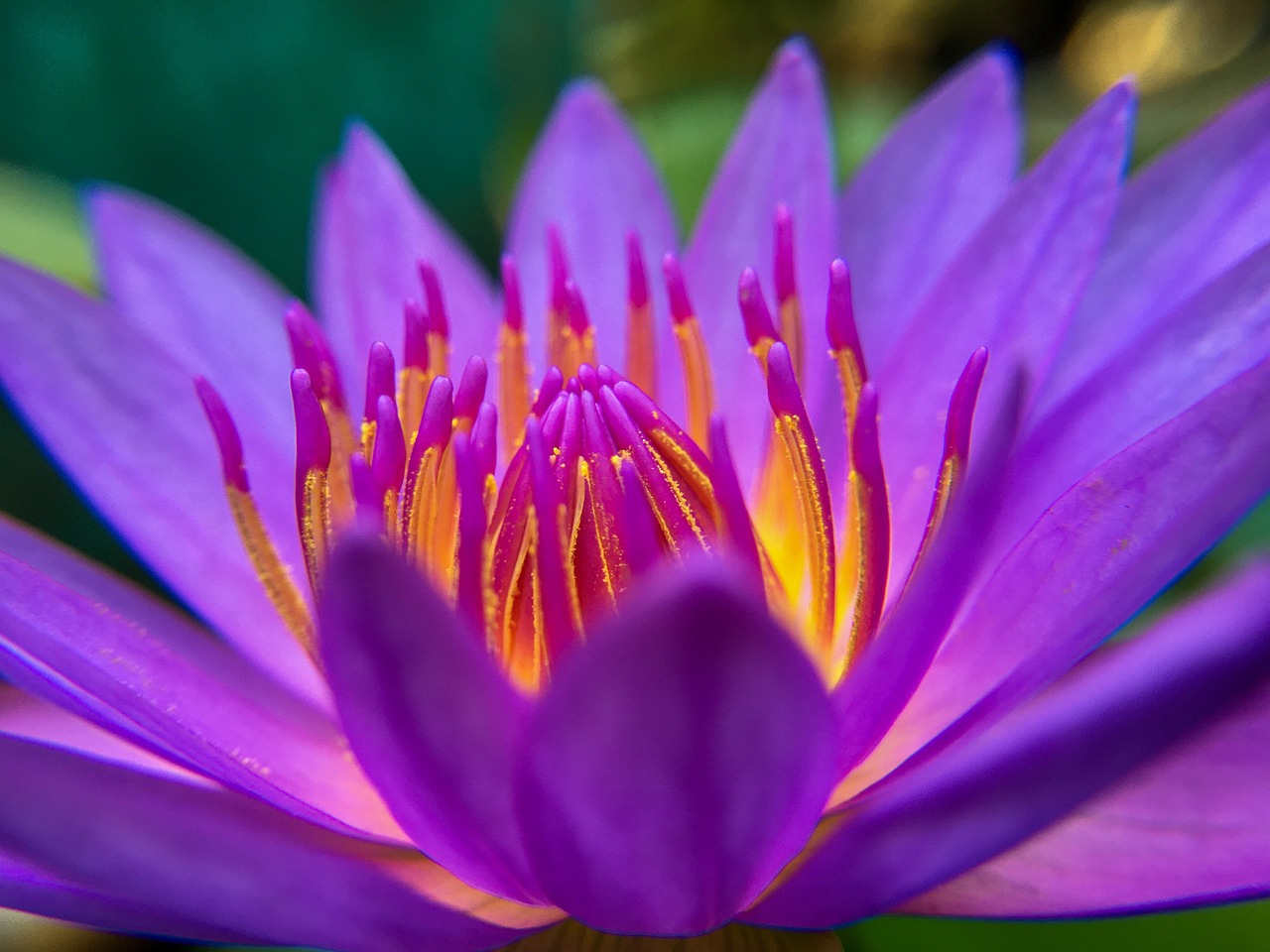
Overview Hathor, a significant figure in Ancient Egyptian mythology, is often depicted with a cow’s head and is one of the most ancient goddesses, with her roots traced back around 5000 years. While primarily revered as the goddess of love, motherhood, music, and joy, she had a multifaceted nature, showcasing both nurturing and vengeful qualities.…
-
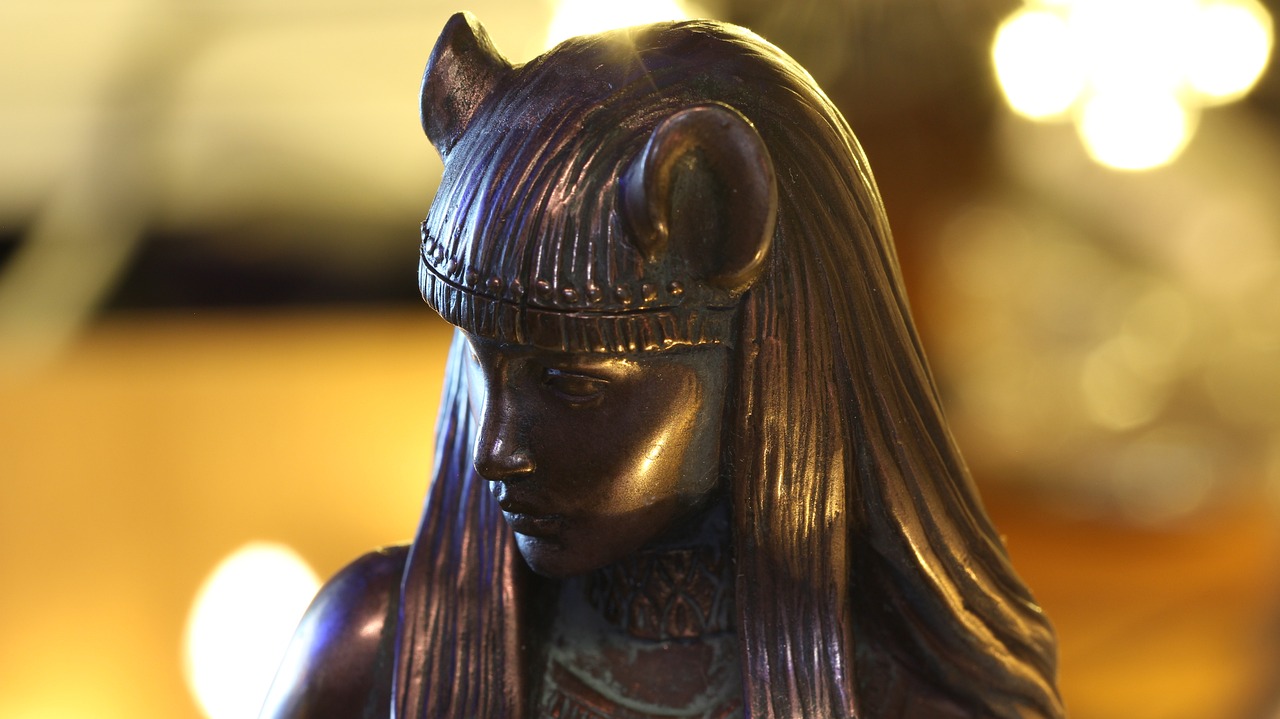
The captivating and at times exotic nature of ancient Egyptian spirituality is epitomized in the deity Bastet, a goddess often represented in artwork as a seated cat adorned with various sacred symbols like a scarab atop her head. In a poised yet watchful demeanor reminiscent of real felines, the divine Bastet embodies a realm steeped…
-

Amun: The Ancient Egyptian God of the Sun and Air Amun, alternatively known as Amon, Ammon, Amen, and Amun-Ra, is a significant deity in ancient Egyptian mythology symbolizing the sun and air. His influence surged at Thebes around the onset of the New Kingdom (circa 1570-1069 BCE), marking him as one of Egypt’s most revered…
-
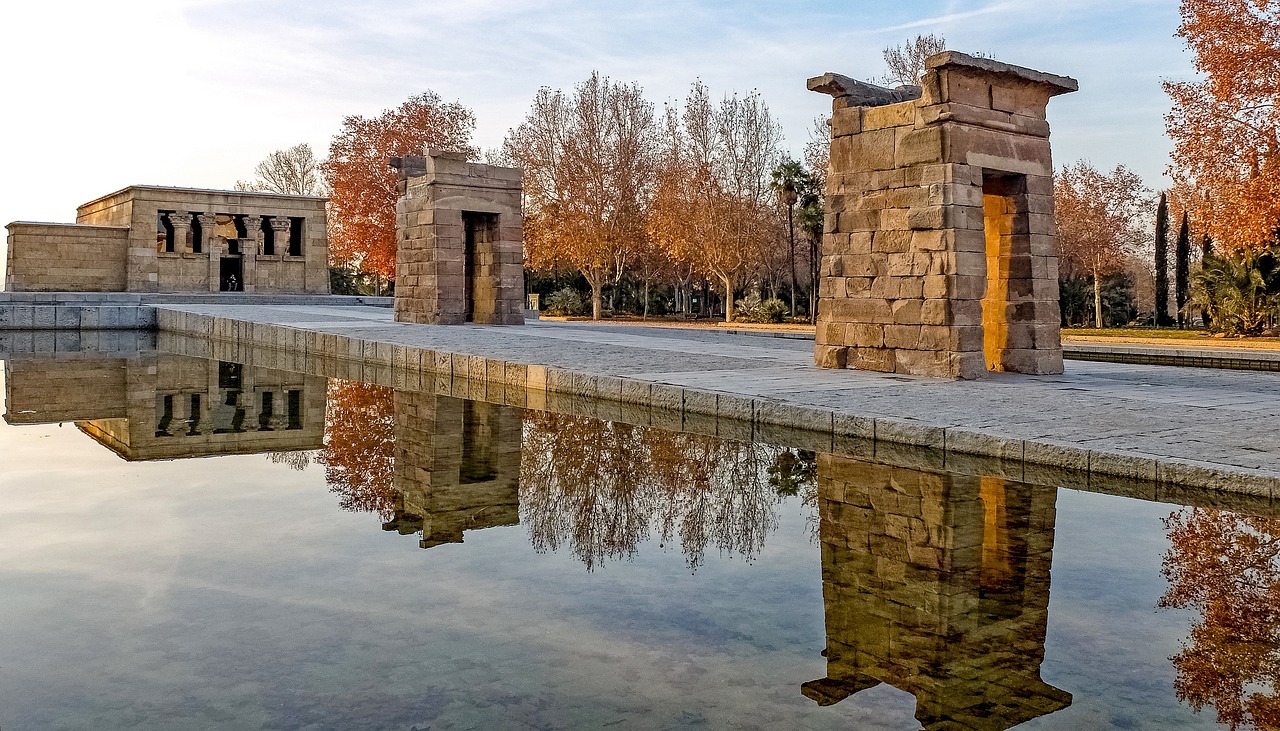
Amon, also known by various names such as Amun, Amen, or Ammon, was a principal deity in ancient Egyptian religion, regarded as the king of the gods. Initially part of the Hermopolite creation myth with eight deities, Amon’s worship propagated to Thebes, where he became the recognized patron of the pharaohs during the rule of…


